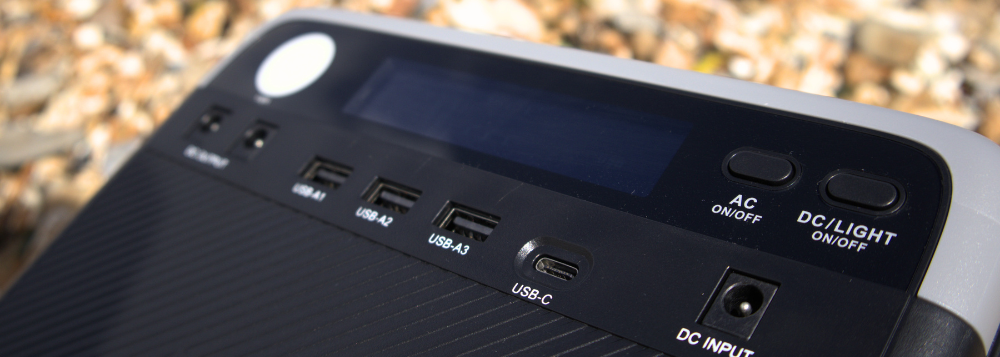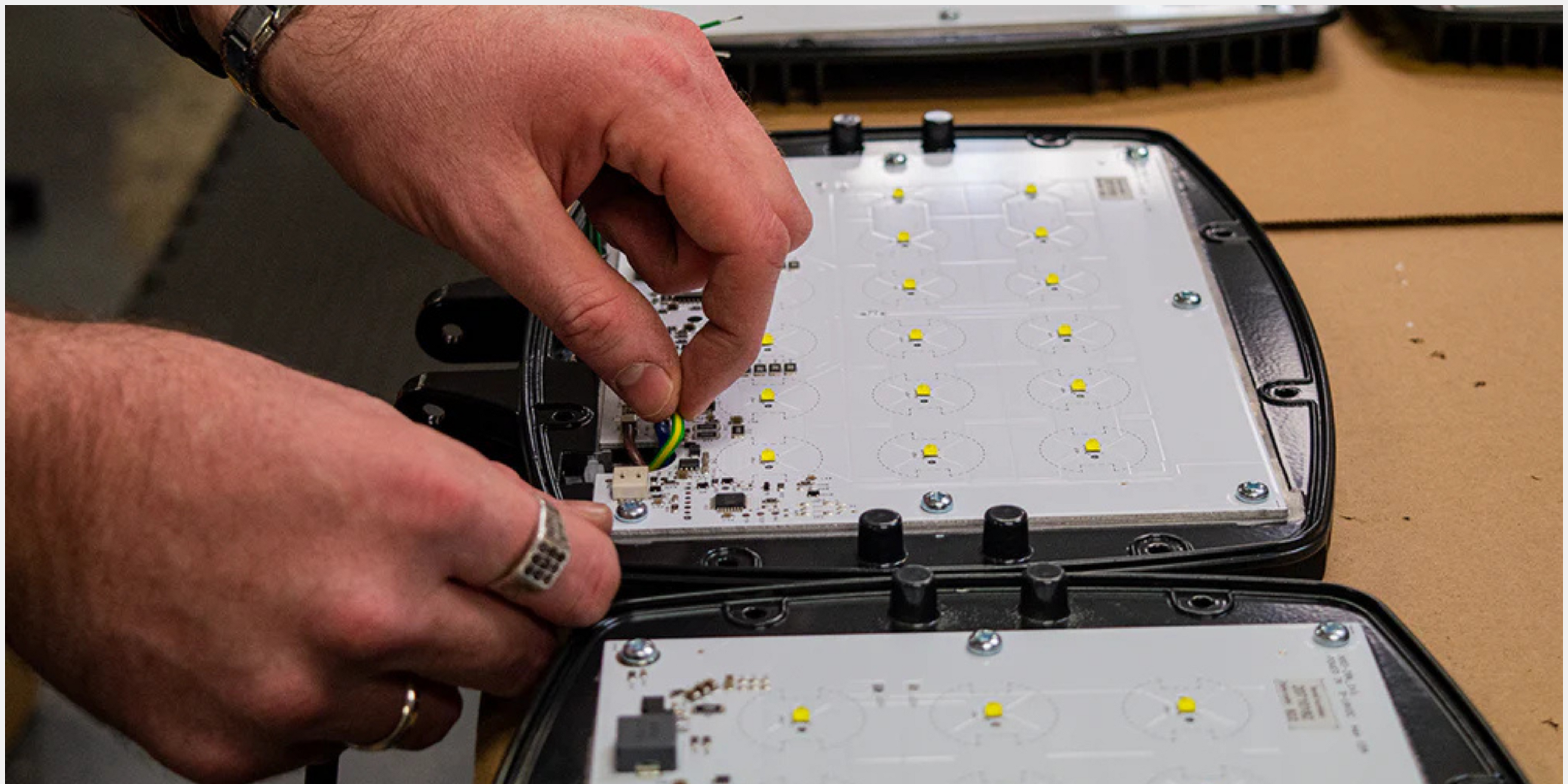Proper storage of your lithium iron phosphate (LiFePO₄) and lithium-ion batteries is vital for their longevity and safety, whether you rely on them for off-grid living, outdoor adventures, or backup power. Neglecting proper maintenance during non-use can reduce performance and significantly shorten their lifespan. This guide offers key tips to keep your batteries in top condition when they're not in active service.
Understanding Your Batteries
While both LiFePO₄ and lithium-ion batteries are prized for their high energy density and long cycle life, their unique chemistries mean they have distinct storage requirements:
- LiFePO₄ Batteries: Stable and safe chemistry, still benefits from careful storage.
- Lithium-Ion Batteries: Higher energy density but more vulnerable to temperature extremes and full‑charge stress
Optimal Storage Conditions
Maintaining specific conditions is crucial for long-term battery health. For the State of Charge (SoC), aim for the following:
- LiFePO₄: Best stored between 40-70% SoC. Some experts suggest up to 90% at 25 °C may reduce degradation, but staying mid‑range is a safer and widely accepted approach.
- Lithium-Ion: Store at 40-60% SoC, roughly equivalent to ~3.8 V per cell. Avoid fully charged or depleted states
It's critical to avoid storing either type when fully charged or completely discharged, as these extremes can accelerate capacity loss.
Regarding temperature, the ideal storage environment is a cool, dry place between 15°C and 25°C (59°F and 77°F). Extreme temperatures are detrimental; high heat can increase self-discharge and safety risks, while freezing can damage internal components. Additionally, ensure the storage area maintains low humidity and is well-ventilated to prevent corrosion and moisture buildup.
- LiFePO₄ tolerance: –10 °C to +50 °C, but keep it around 25 °C for long‑term storage.
- Lithium‑ion tolerance: –20 °C to +50 °C, but avoid extremes. A cool, dry, well‑ventilated spot is best.
Maintenance During Storage
Even when idle, a little attention can prevent future problems. Periodically, every 3–6 months, check the battery's voltage and conduct a visual inspection for any signs of swelling, leakage, or corrosion. If the voltage drops below recommended levels, recharge the battery back to its optimal storage state of charge.
Safety Precautions
Always prioritise safety during storage. Ensure batteries are fully disconnected from all devices or chargers to prevent unintended discharge or overcharge. Keep batteries away from any loose metal objects that could cause a short circuit. For added protection, if available, use protective cases to shield them from physical damage.
Preparing for Reuse
Before putting your stored batteries back into service, perform a quick readiness check. Begin with a visual inspection for any signs of damage. Then, complete a full charge cycle to help recalibrate the battery's management system and confirm proper operation. During their initial uses, monitor the battery's performance closely to detect and address any potential issues early.
By diligently following these guidelines for proper storage and maintenance, you can ensure your LiFePO₄ and lithium-ion batteries remain reliable, safe, and ready to deliver peak performance whenever you need them.




Hinterlasse einen Kommentar
Diese Website ist durch hCaptcha geschützt und es gelten die allgemeinen Geschäftsbedingungen und Datenschutzbestimmungen von hCaptcha.